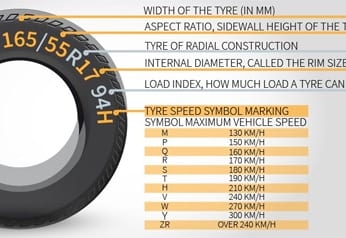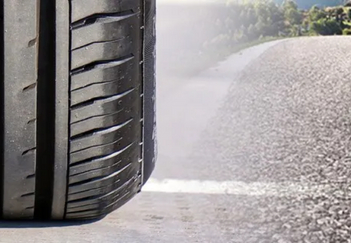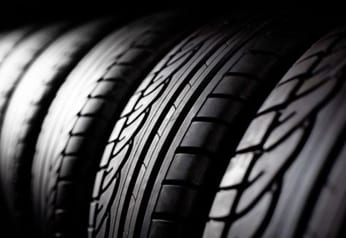
June 19, 2023
When To Replace Tyres?
To be a responsible driver is to know that keeping your tyres in top shape is SO IMPORTANT for staying safe on the road. It's the only part of your vehicle that actually touches the ground; without them, you either won't move at all – or not move as expected.
But how do you know when it's time to replace your tyres? And how do you make an informed decision about new tyres without feeling overwhelmed?
Well, don't stress. Whether you're a seasoned driver or a newbie, this post will show you the signs that it's time for a tyre replacement. We also share expert tips on making the best tyre choice for your safety and your vehicle's performance. So buckle up and get ready to learn everything you need to know about tyre replacement.
What are the signs it's time to change Your Tyres?
When it comes to tyre replacement and tyre maintenance, there are several signs you should keep an eye out for, such as tread wear indicators, tyre pressure, sidewall damage, and flat tyre or tyre puncture. Let's take a closer look at each of these factors.
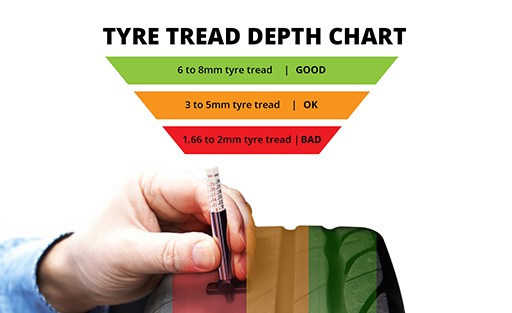
Check Your Tread Depth
The tread on your new tyres wears down over time, reducing their grip on the road. If the tread is worn down to the legal limit, it's time for a tyre replacement.
Tyre Age Matters
Even if your tyres have plenty of tread left, they may need to be replaced if they're over six years old due to tyre wear or degradation of the rubber, which increases the risk of a blowout.
Spotting Tyre Damage
Tyres can be damaged by potholes, sharp objects on the road, or even hitting the curb, which can cause sidewall damage, flat tyre or tyre puncture. If you notice bulges, cuts or cracks, change your tyres immediately.
Excessive Vibration
If you feel vibrations while driving, it could be a sign of an alignment issue or damaged tyres. Get them checked by a professional to determine if you need a new set due to tyre wear or other issues.
Seasonal changes
In areas with extreme weather conditions, it's recommended to switch to winter tyres during colder months to reduce tyre wear. Using the same tyres all year round can lead to premature wear and tear and decrease your vehicle's performance.
What Increases Tyre Wear?
Of all the signs that it's time to change your tyres, the most crucial is tread wear or tyre wear – or how worn down your tyre is. Here are some of the most common causes of accelerated tyre wear:
Driving style
Spinning the wheels on acceleration or locking them when braking increases tyre wear and reduces their lifespan.
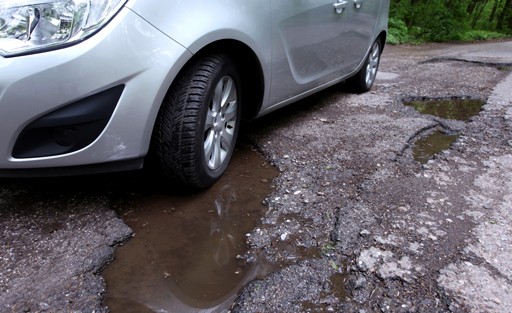
Poor Road Conditions
Rough or poorly–maintained roads can cause increased wear and damage to your tyres, possibly requiring a tyre replacement.
Wheel Alignment Issues
Incorrect alignment can cause tyres to wear off quickly and unevenly, greatly reducing their lifespan. Have a professional check your alignment regularly to ensure optimal performance and tyre longevity.
High–Speed Driving
High–speed driving increases temperature and wear. Check your speed index to ensure you use the right tyres to avoid premature tyre wear when pushing your vehicle's top speed.

Excess Load
Overloaded vehicles can increase tyre wear and reduce the lifespan of your tyres. Check your load index to ensure your tyres can handle the weight of your vehicle and any additional loads to avoid changing your tyres.
Incorrect Tyre Pressure
Maintaining the correct inflation pressure is one of the most important things you can do to look after your tyres and avoid needing a tyre replacement. Both underinflation and overinflation can increase wear and reduce the lifespan of your tyres.

Why is replacing tyres as a complete set important?
When switching to fresh tyres, it's always tempting to just replace the tyres that are damaged or the most worn–out tyres. It's a lot cheaper to do this too. However, there are several reasons why it's important to replace them as a complete set.
Mixing new and worn tyres can have a negative impact on your vehicle's performance, mainly because of the varying levels of wear and tear on each tyre. The newer tyres will be fresher and have deeper treads than the older tyres with worn–down treads. Each tyre will handle differently, potentially causing instability and reduced grip on the road. This can lead to uneven wear on the new tyres, reducing their lifespan and requiring more frequent replacement. Even worse, an unstable ride might cause an accident.
To ensure consistent traction, handling, and braking capabilities, it's best to replace all four tyres at the same time. This improves safety and your overall driving experience, especially in wet and slippery road conditions. Replacing all four tyres also ensures that your vehicle meets the manufacturer's tyre size and type specifications, which can affect performance, handling, and safety.
How Can You Make Your Tyres Last Longer?
Now that you know when to replace your tyres, it's essential also to consider how to take care of them. Regular maintenance is key to ensuring your tyres are in it for the long haul. Here are a few tips to help you maintain your tyres:
Self–inspect your tyres
Look at signs of wear and tear, such as cracks, bulges, rips or punctures. If you notice any issues, address them immediately.
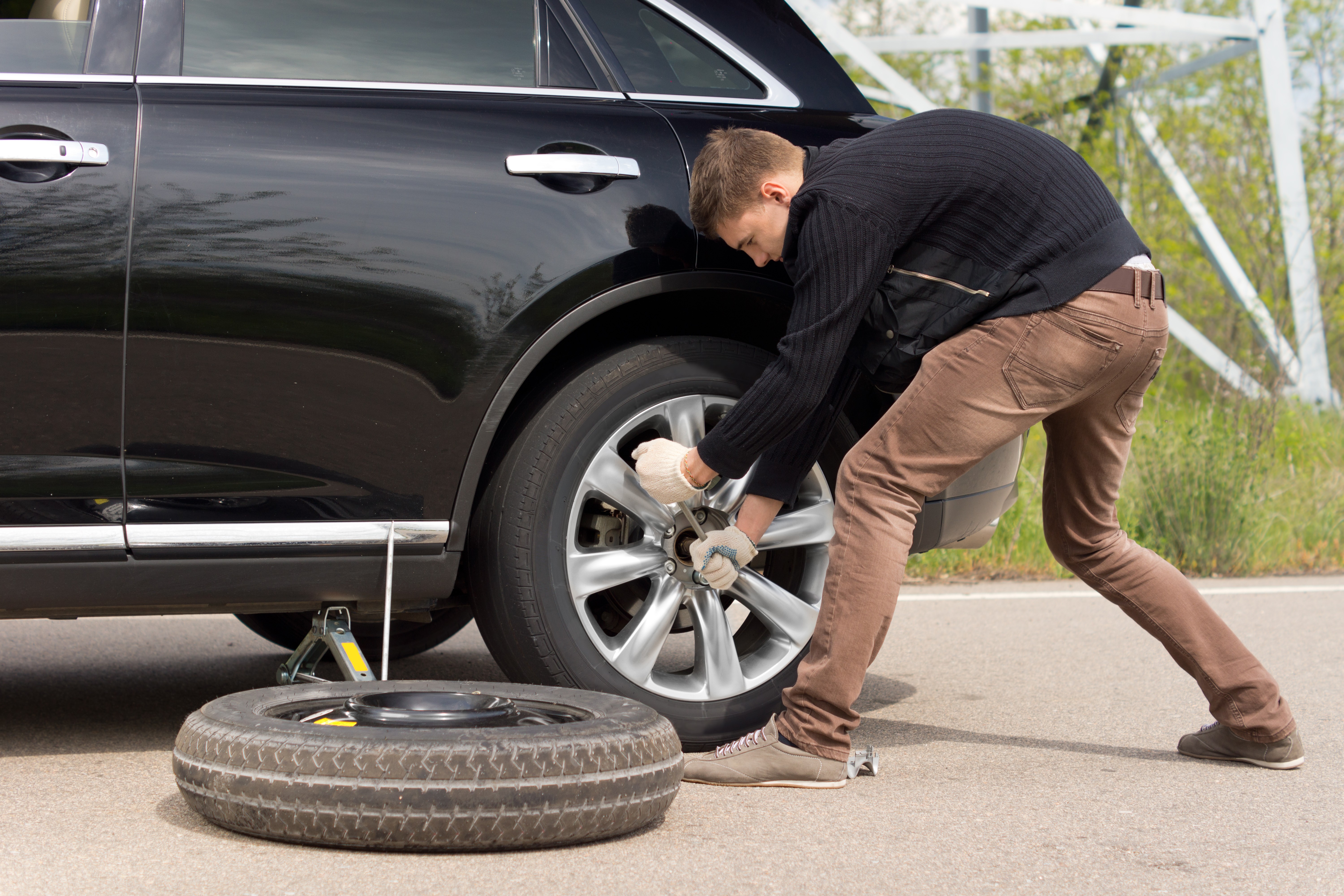
Ensure Proper Inflation
Check your tyre pressure at least once a month to ensure all your tyres are properly inflated. Underinflated tyres can increase fuel consumption and wear quicker, while overinflated tyres can reduce traction and increase the risk of a blowout. It's also a good idea to check it before long trips or if there are significant changes in the temperature.
Balanced tyres
Have your tyres balanced periodically to ensure they wear evenly and provide optimal handling and traction.
Regular Tyre Rotation
Rotating your tyres can help to distribute wear and tear more evenly, extending their lifespan and improving performance.
Replace tyres in sets
To ensure consistent handling and performance, it's recommended to replace all four tyres at once or in sets of two (on the same axle) if necessary.
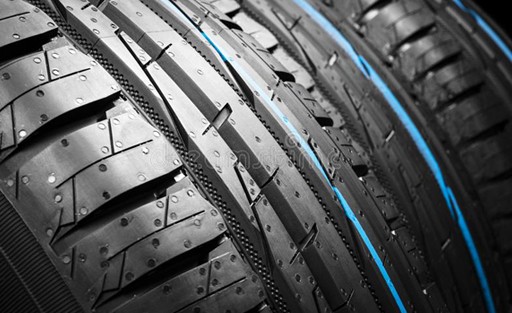
Keeping Your Tyres Safe and Reliable
In summary, knowing when to replace your tyres is crucial for maintaining safety and performance on the road. Keep an eye on your tyre's tread depth and age, and follow the basic guidelines for checking them regularly.
Remember to replace all four tyres simultaneously to ensure consistent traction, handling, and braking capabilities. To make your tyres last longer, perform regular maintenance, check your air pressure regularly, and rotate your tyres.
By following these tips, you can help keep your tyres safe and reliable for longer. Shop at Tyroola for the best deals online!
